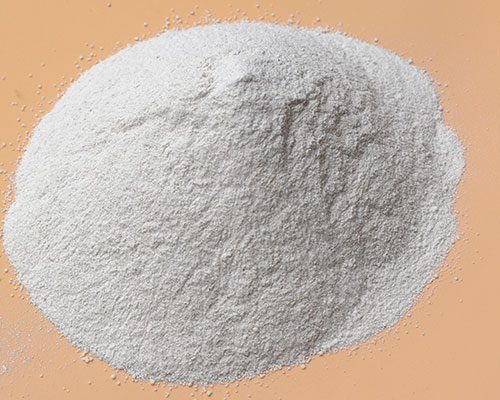Powder fluxes can purify the molten mixture of aluminum and silicon before casting. Powder fluxes contain carbonate and fluoride.
Castings are made from aluminum-silicon alloys, which contain 12.5% to 25.0% silicon and have better strength and ductility than alloys made of pure aluminum. Therefore, they exhibit better wear resistance than those with lower silicon content. The alloy has excellent wear resistance and is suitable for casting heavy parts such as automobile engines and pistons.
If the casting is qualified, the crystal grains of the casting must not contain obvious defects. This defect is caused by impurities such as hydrogen and oxides in the aluminum-silicon alloy. They are also because the primary silicon particles may agglomerate, as a result they become larger and unevenly distributed in the casting.
These defects in the casting can cause the casting to become brittle, and the casting may chip or crack during processing. It may also lead to shortened machine tool life and downtime.
Therefore, flux refining in the aluminum alloy melt is important for improving the physical properties and workability of castings. To remove various impurities from the aluminum-silicon alloy, the hydrogen is usually removed first, and then the oxide impurities are removed.
Carbonates are known, and their role is to improve fluidity and prevent powdered flux from agglomerating during processing. The function of the fluoride is to remove oxide impurities in the molten aluminum and silicon mixture so that they can float to the surface of the molten aluminum and silicon mixture, where they are removed. They also help to remove hydrogen.
The particle size of the powdered flux is also important. If the particle size is too large, it will be more difficult to evenly distribute the powdered flux into the molten mixture of aluminum and silicon.
The powder fluxes are dispersed in a carrier gas such as nitrogen, argon, helium, or chlorine. If a powder degasser is not used, chlorine gas is used as the carrier gas because the chlorine gas acts as a degasser. The dispersion is added to the molten mixture of aluminum and silicon through a spray gun. In the molten mixture, impurity removal and silicon refining occur simultaneously.

